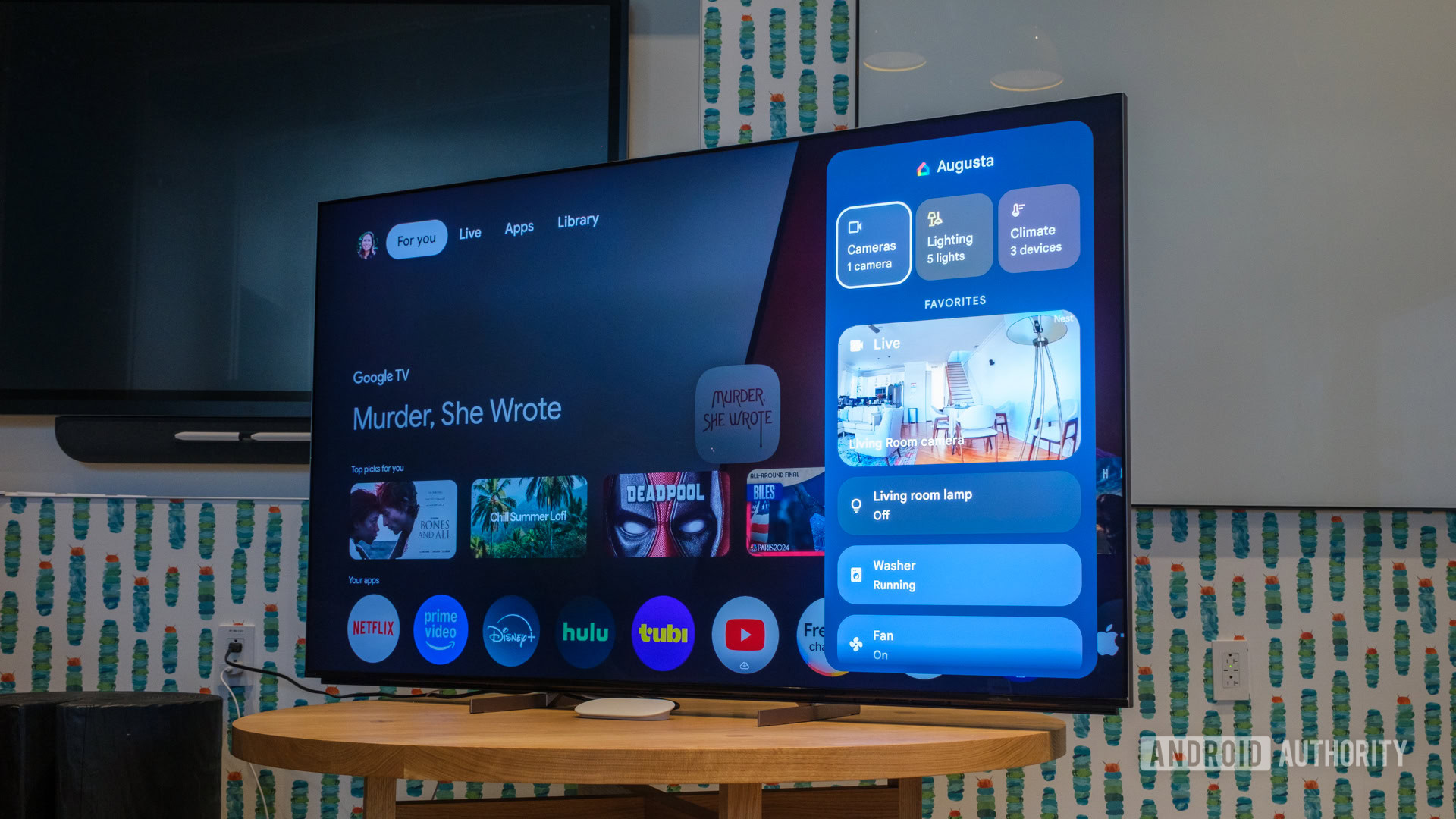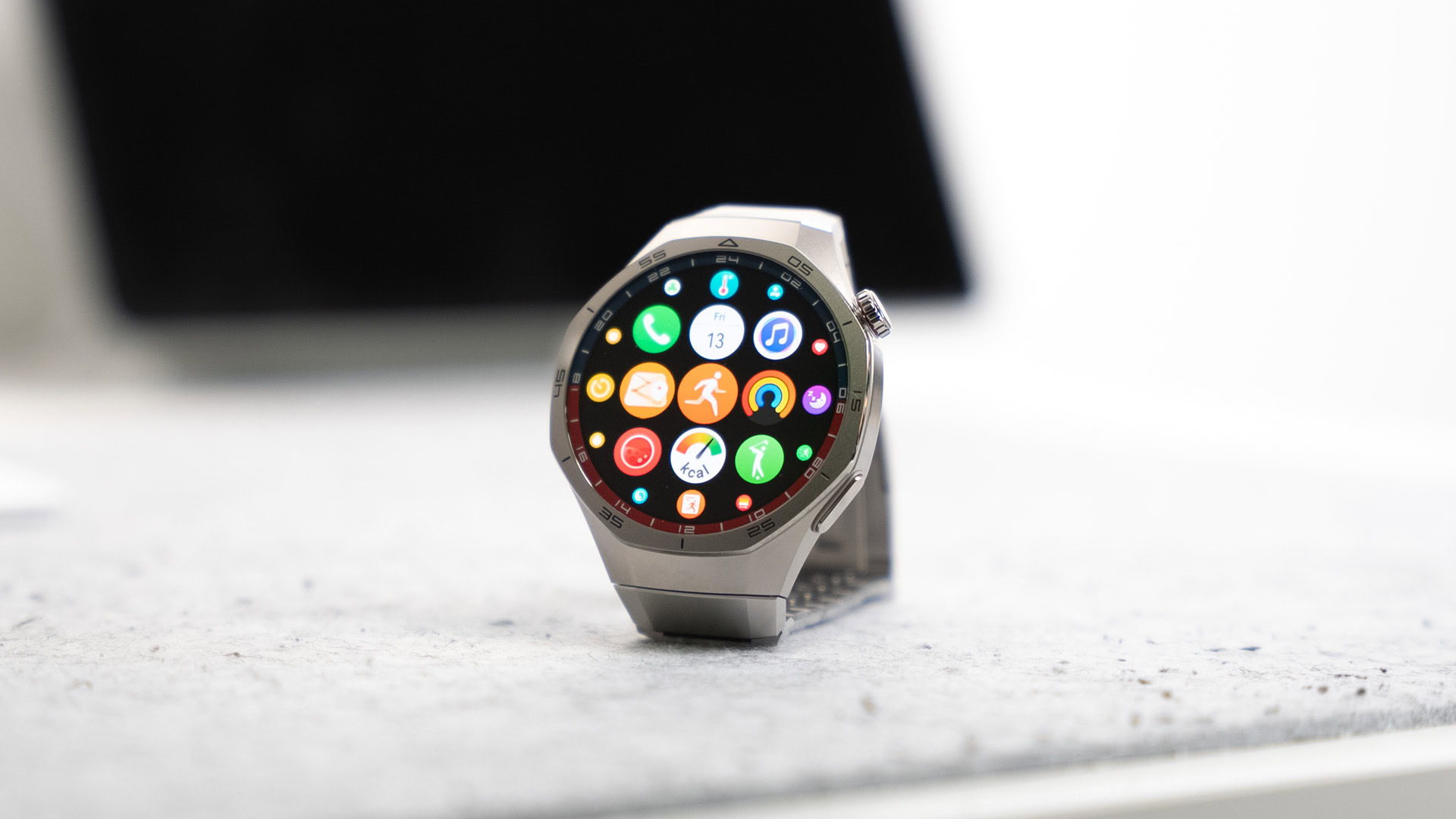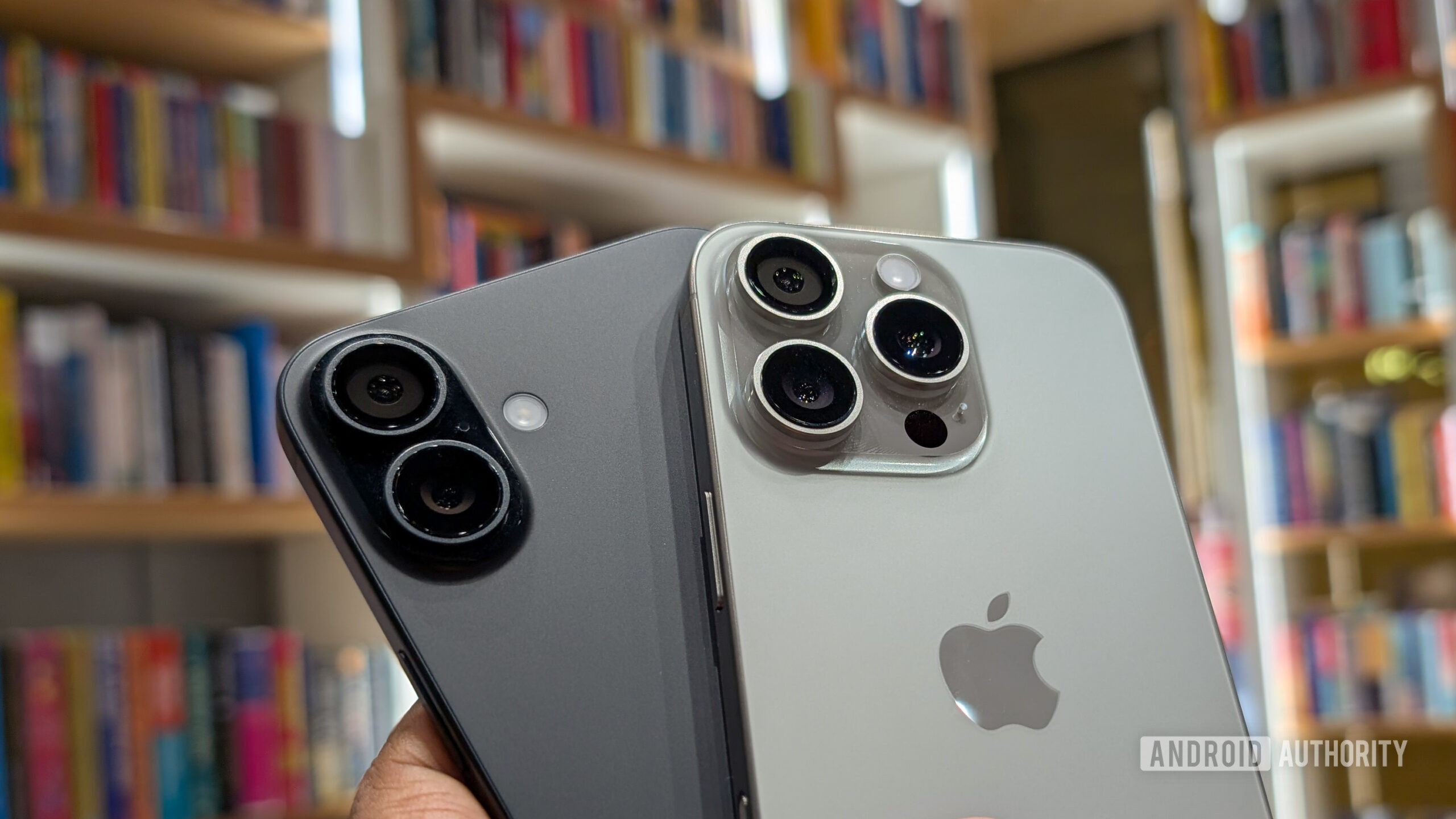Scientists at Harvard’s Wyss Institute have developed a new method to 3D print blood vessels that replicate the complex structure of human vasculature.Working in collaboration with the John A.Paulson School of Engineering and Applied Science (SEAS), the team has taken an important step forward in the quest to create functional, implantable lab-grown organs.This new technique called coaxial SWIFT (co-SWIFT), allows the production of vascular networks embedded in human cardiac tissue.
These networks feature a hollow “core” surrounded by a “shell” of smooth muscle and endothelial cells, mimicking the natural structure of blood vessels.What’s more, this innovation builds upon a previous bioprinting technique, SWIFT, which allowed scientists to print hollow channels in a living matrix.Developed in 2019, SWIFT was a breakthrough because it allowed researchers to print hollow channels in a living matrix, creating pathways inside tissue-like materials filled with living cells.These hollow channels were important for mimicking the basic structure of blood vessels, providing a way for nutrients and fluids to flow through the tissue.
However, these channels were simple hollow spaces, lacking the layers that make real blood vessels strong and capable of handling blood pressure.According to the scientists, co-SWIFT takes this to the next level by not just creating hollow channels but adding a multilayered structure that mirrors the real blood vessels found in our bodies.With co-SWIFT, the 3D printed vessels have a core where fluid can flow, surrounded by a shell made from smooth muscle and endothelial cells.This shell is what makes the vessels more powerful and allows them to function more like natural blood vessels.
By adding these layers, co-SWIFT creates a system that can sustain the pressures of blood flow, making it a significant improvement over the original SWIFT method.Co-SWIFT prints 3D vessels to create a branching network of vasculature that can support living human tissues.Paul Stankey, a graduate student at SEAS and the study’s first author, explained that the team’s breakthrough lies in their core-shell nozzle design.The nozzle features two fluid channels: one for a collagen-based shell ink and the other for a gelatin-based core ink.This allows the vessels to not only form complex, branching structures but also be strong enough to handle the internal pressure of blood flow.
The research team created vascular networks that could support living tissues.To test their co-SWIFT printed vessels, the team used two types of materials that didn’t contain any cells, including one made of collagen that closely mimics living muscle tissue.After printing, they melted away the gelatin core, leaving open channels for blood flow.The researchers then added smooth muscle cells to the outer shell and endothelial cells to the inner layer, making the vessels work like real blood vessels.
After seven days of testing, the vessel walls stayed strong, and the presence of endothelial cells made them less permeable, showing that the vessels were functioning properly.The real test, however, came when the scientists applied their technique to living human tissue.They created tiny clusters of human heart cells called cardiac organ building blocks (OBBs) and compressed them into a dense solid structure.This dense matrix creates a more tissue-like environment, similar to how cells are packed tightly in actual human organs.
By doing this, they created a base to apply their co-SWIFT method to print blood vessels within this living tissue, making it a more realistic test of how the printed vessels might function in real human tissue.The original SWIFT method (left) and co-SWIFT (right).After successfully printing a vascular network into the matrix, the gelatin core was removed and perfused the vessels with endothelial cells.The cardiac tissue “responded promisingly,” beating synchronously after five days of blood-mimicking fluid perfusion.This synchronized beating indicates healthy and functional tissue.In addition to showing that these vessels could support living tissue, the scientists “were able to successfully 3D print a model of the vasculature of the left coronary artery based on data from a real patient, which demonstrates the potential utility of co-SWIFT for creating patient-specific, vascularized human organs,” said Jennifer Lewis, one of the co-senior authors and the Hansjörg Wyss Professor of Biologically Inspired Engineering at SEAS.The expert also noted that the team plans to build on this work by creating networks of capillaries, the tiny vessels responsible for nutrient exchange, essential for fully replicating human tissue function at the microscale.While the road to lab-grown transplantable organs remains long, this achievement represents incredible progress.Donald Ingber, the Founding Director of the Wyss Institute and co-senior author of the study, praised the team’s efforts: “To say that engineering functional living human tissues in the lab is difficult is an understatement.
I’m proud of the determination and creativity this team showed in proving that they could indeed build better blood vessels within living, beating human cardiac tissues.I look forward to their continued success on their quest to one day implant lab-grown tissue into patients.”Ingber is also the Judah Folkman Professor of Vascular Biology at Harvard Medical School and Boston Children’s Hospital and Hansjörg Wyss Professor of Biologically Inspired Engineering at SEAS.Wyss Institute founder Donald Ingber.The potential applications of this technology extend far beyond organ transplantation.In addition to creating artificial organs, the ability to replicate complex vascular systems could open doors in drug development, disease modeling, and regenerative medicine.
Scientists could create more accurate models of human tissue in the lab, allowing them to study diseases and test treatments in ways that were previously impossible.The study, published in the journal Advanced Materials, was supported by the Office of Naval Research and the National Science Foundation.Building on this success, the team is now exploring the next steps to boost co-SWIFT, focusing on increasing the complexity of their printed vascular networks and improving their integration with living tissues.Images courtesy of Wyss Institute at Harvard UniversitySubscribe to Our Email NewsletterStay up-to-date on all the latest news from the 3D printing industry and receive information and offers from third party vendors.






